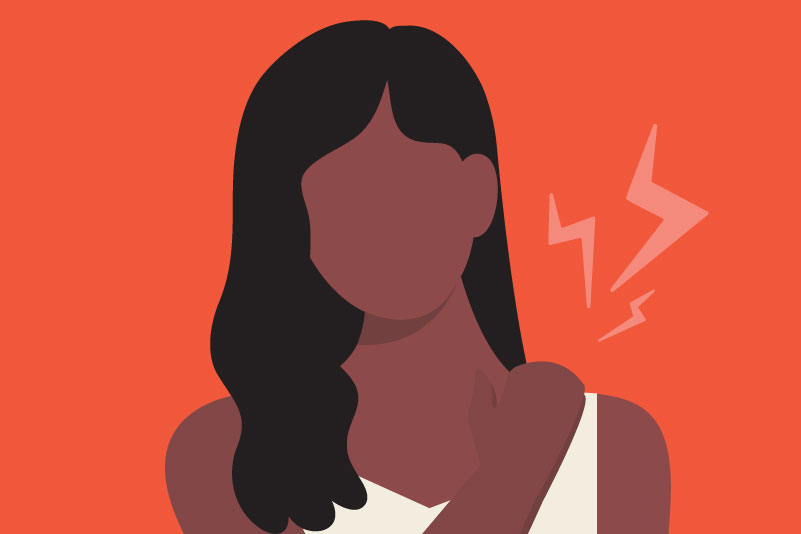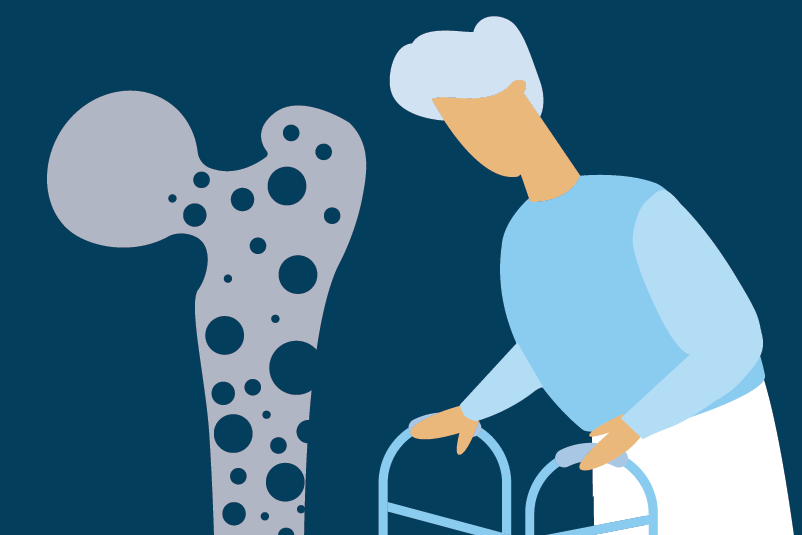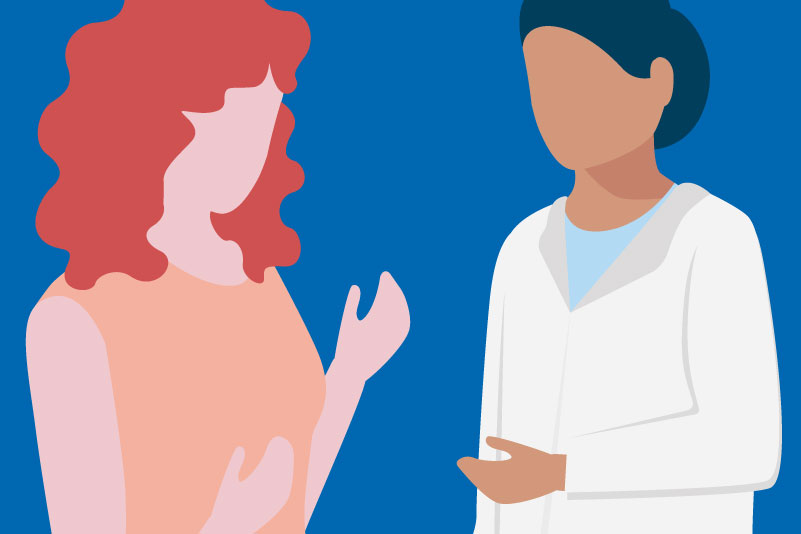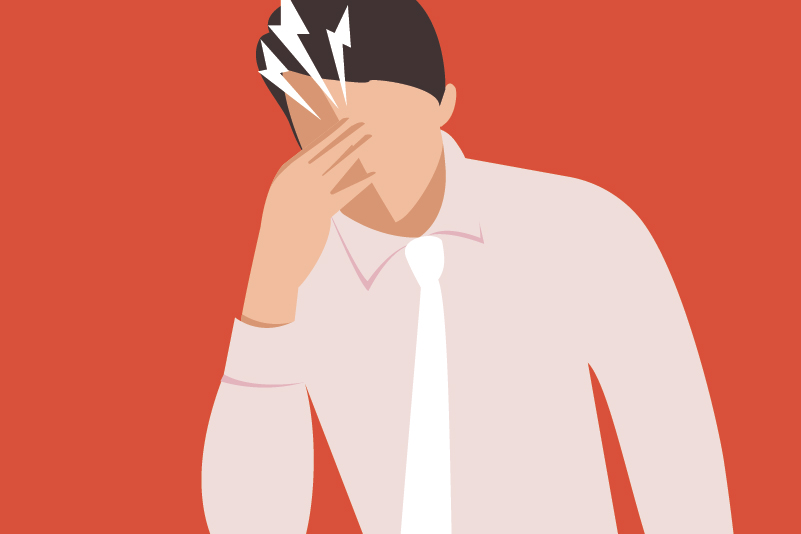#95 From Headache to Happiness, How to treat a migraine

Reading Tools for Practice Article can earn you MainPro+ Credits
Join NowAlready a CFPCLearn Member? Log in
- Acetaminophen 1,000 mg (2,942 patients):1 NNT 5, 12
- Aspirin 1,000 mg (4,222 patients):2 NNT 5, 9
- Ibuprofen 400 mg (2,575 patients):3 NNT 4, 8
- Naproxen 500 mg or 850 mg (2,149 patients):4 NNT 6, 12
- Sumatriptan 50 mg PO (8,102 patients)5 NNT 4, 7
- Sumatriptan 100 mg PO (7,811 patients):5 NNT 4, 5
- Sumatriptan 50-85 mg + Naproxen 500 mg (7,345 patients):6 NNT 4, 5
- AAC was superior on weighted sum pain relief score at two hours, p<0.03.
- AAC was more effective for sum of pain intensity reduction and mean pain relief at both two and four hours, p<0.05.
- Actual number of patients achieving relief or pain free was not reported for either trial of AAC.
- Sumatriptan 100 mg was superior for pain free at two hours, NNT=10.
- While the acetaminophen, aspirin, and caffeine combination is available in the United States, it is not available in Canada. The individual components, however, are.
- Generic sumatriptan 100 mg is approximately 50 times the cost of all components of AAC combined.
- Up to 7% of patients who use triptans will experience “Triptan Syndrome,” which may include chest and neck tightness, heaviness, paresthesias, and chest pain—but is not associated with cardiac outcomes.10






